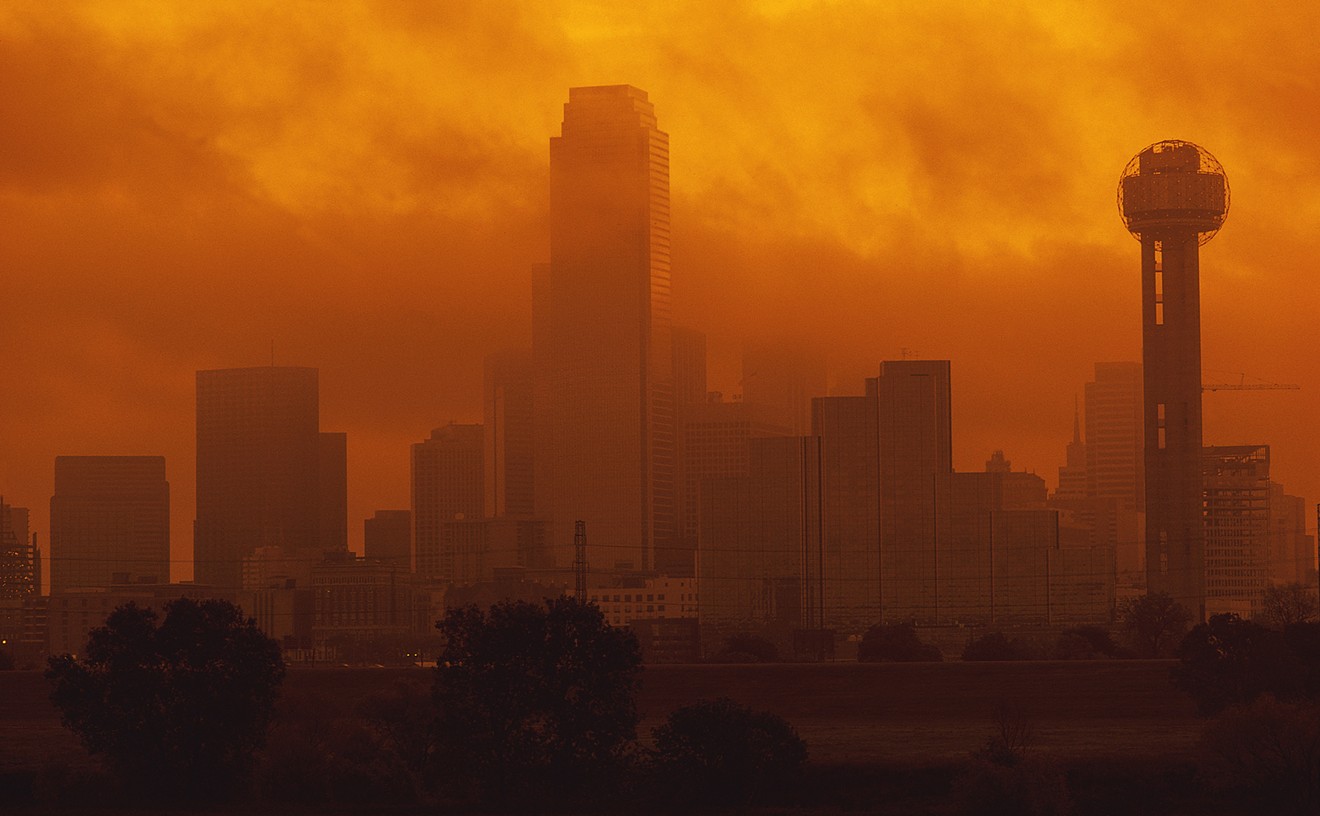This year’s terrible summer has made some folks fear that the upcoming winter could be just as severe.
But will it?
A major factor heading into the colder months is that the climate pattern El Niño is upon us. Arriving every two to seven years or so, El Niño denotes warmer-than-normal surface waters in the eastern Pacific Ocean.
That, in turn, messes with our weather here in the U.S. South and beyond.
The Farmers’ Almanac is forecasting an “unseasonably cold and stormy winter” for the state, an idea recently examined in Texas Monthly. But pump the brakes before you get any flashbacks of shivering amid widespread power outages during the February 2021 winter storm.
“We've got an already moderately strong El Niño in place that is pretty much certain to be present through the winter,” said Texas State Climatologist John Nielsen-Gammon, a regents professor of atmospheric sciences at Texas A&M University. “And so, it'll be having a big effect on our weather.”
Nielsen-Gammon explains that typically, El Niño ushers in wet and cool winters here. So, there’s a decent chance that the current drought could be quenched — or, at least, improved.
Don’t fret, all you cold-weather haters out there.
“On top of that, the cool part is sort of offset by the fact that climate change is making temperatures warmer,” he added. “So, we're actually expecting wetter than normal, but temperatures probably close to normal because of those two offsetting factors.”
When people think of harsh winters in the Lone Star State, they might automatically picture Winter Storm Uri. But Nielsen-Gammon notes that taken altogether, winter 2021 wasn’t that bad — save for a time in mid-February.
Winter Storm Uri produced power outages and burst pipes amid below-freezing temps, and it also claimed hundreds of lives. It makes sense that Texans would be concerned about how far temperatures will plummet this year.
“In that regard, I have good news,” Nielsen-Gammon said. “A strong El Niño pretty much takes off the table the chance of having a super cold air outbreak during the wintertime.”
"We’ve got to take advantage of El Niños when they come along." – John Nielsen-Gammon, Texas State Climatologist
tweet this
As the climate continues to change, Texas winters will generally keep getting warmer; they’ve already gotten around 2 degrees warmer compared with historical conditions, he said.
The intensity of extreme cold air outbreaks is also expected to become less severe, he added.
“We won’t be as cold when it gets cold,” Nielsen-Gammon said.
Zong-Liang Yang, a professor in the Department of Geological Sciences at the University of Texas at Austin, pointed out that El Niño started to form this summer. It will continue to strengthen and could reach its peak in December around Christmas.
Yang said there have been some warmer El Niño winters in the past as overall temperatures have climbed higher in recent decades.
“This year is a very unique year,” he said — but not just because of El Niño. “If you look at the entire ocean, the global oceans are warming up significantly. We have never seen that kind of warm ocean in recorded history.”
In a post worryingly titled “The Ocean Has a Fever,” NASA’s Earth Observatory explains that climate change and El Niño have pushed the temperatures of global sea surfaces to hit record levels this year.
Great.
Yang said he wouldn’t be surprised to see a warm winter.
In late January and early February, freezing rain sparked electricity outages in Austin as ice accumulated on tree branches, leading to downed power lines, Yang said. But even though that record-shattering ice storm was memorable, the state’s monthly temperature average for February was actually warmer than normal.
As climate change worsens, we can anticipate seeing the weather swing from one extreme to another, he said.
The unprecedented is now precedented. We can expect the unexpected. (You get it.)
Summer 2023 was scorching elsewhere in the country. Yang mentioned that a heatwave in Arizona killed massive cacti that were otherwise adapted to withstand desert conditions. Some Texas trees have also been ailing thanks to the state’s extreme weather.
Even though El Niño is likely to prompt a wet winter, Nielsen-Gammon said there’s also a smaller chance that it won’t.
“There's still basically a 1 in 4 chance that the winter could end up being drier than normal,” he said. “And that would be bad news because we’ve got to take advantage of El Niños when they come along.”













